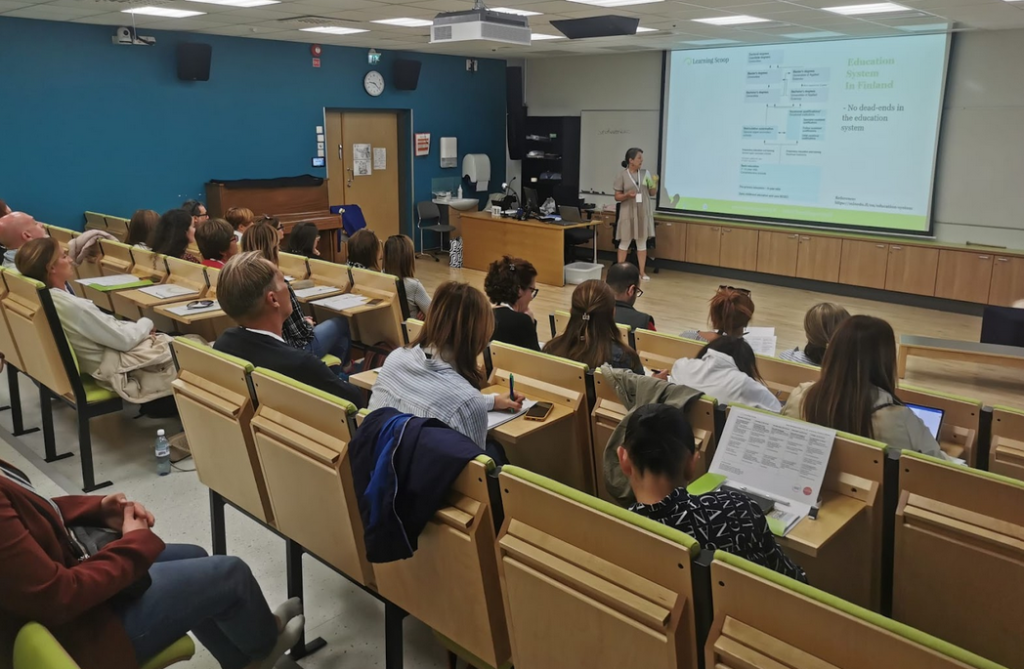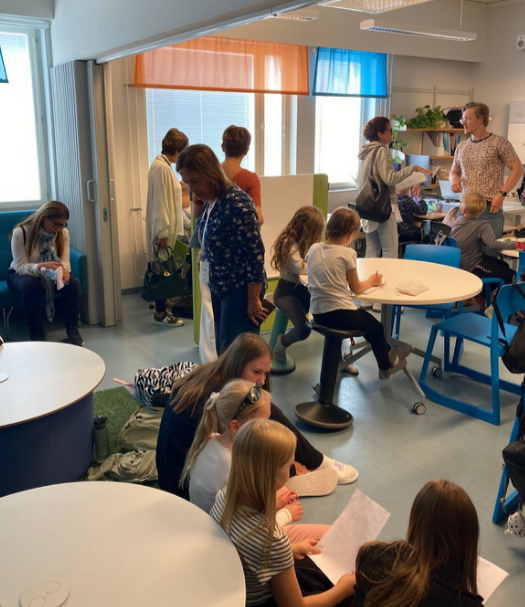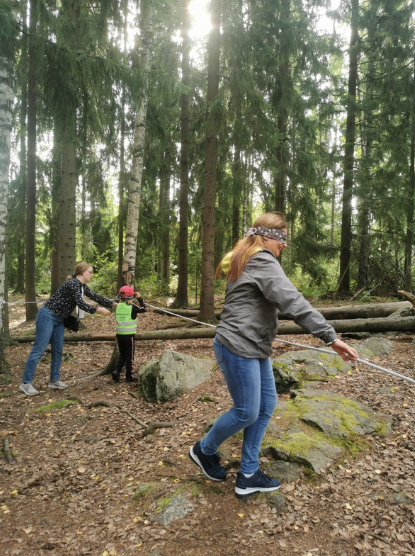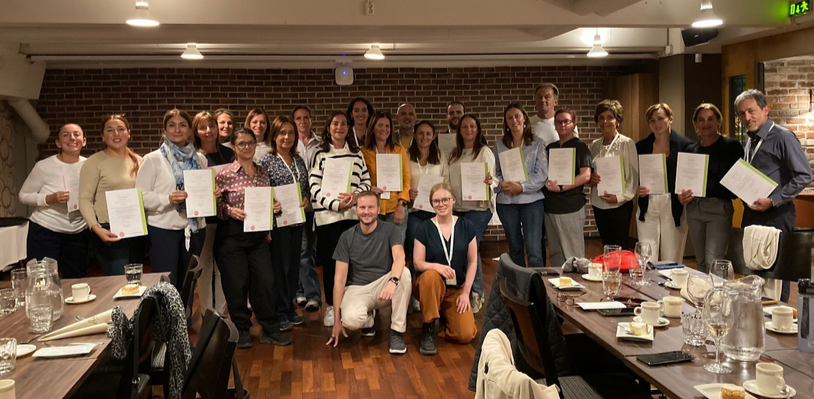In Finnish schools, the responsibility for learning lies with the pupil
We had the honor of receiving a group of 23 experts from Malta. The group included school leaders, teachers, and administrative staff, and the Comprehensive Education Study Tour provided takeaways for everyone at the end of the trip. Each day, we visited different locations; modern, traditional, and nature-focused educational institutions, all of which are united by being public, following the national curriculum, and having the pedagogical freedom of the teachers.

One of the most rewarding aspects of study tours is the realization that there are many different ways to achieve the same goal. Not all methods are suitable for all groups or subjects, but it is important to understand the reasons behind pedagogical choices in order to select the method that supports learning the best in the specific context.
Strange and impressive things in Finnish schools
Next, I will present what puzzled our guests and what, on the other hand, impressed them during their visit:

Strange things in Finnish schools:
- The schoolyard for children over seven years old is not fenced. Pupils can move freely in the yard and must respect the school boundaries that have been learned together. Most children over nine years old also go home by themselves.
- Everything at school is free (funded by tax revenue); hot school meals, textbooks, study supplies, and materials for classes like woodworking and home economics.
- Smart devices are used quite extensively; the school provides each student with their own Chromebook or tablet for learning, and many materials are digital. In the lower grades, phones are prohibited during the school day, but teenagers use phones during breaks and sometimes for gamified learning, such as playing Kahoot.
- Finnish schools do not use uniforms, and there are hardly any private schools or private tutoring.
What do you think?

Impressive things in Finnish schools
- Pupils are quiet during lessons, when the teacher or peers are talking and generally behave calmly indoors.
- Teachers and pupils have a warm relationship, and teachers widely use positive pedagogy; focusing on what pupils are allowed to do rather than what they are not.
- Active learning; pupils are active participants in lessons and engage in teaching instead of just listening. Pupils are also involved in development discussions between parents and the teacher and are responsible for doing their homework themselves.
- Appreciation for practical skills; in Finland, all children learn to use a sewing machine, cook, and safely handle woodworking tools, such as saws and drills.
It was fascinating to hear about the differences and similarities these two education systems have and how teachers are doing.

Thank you so much for your trust once again and visiting our local schools, Learning Scoop, Tampere and Finland!
Heidi Riikonen
Your Study Tour Host
